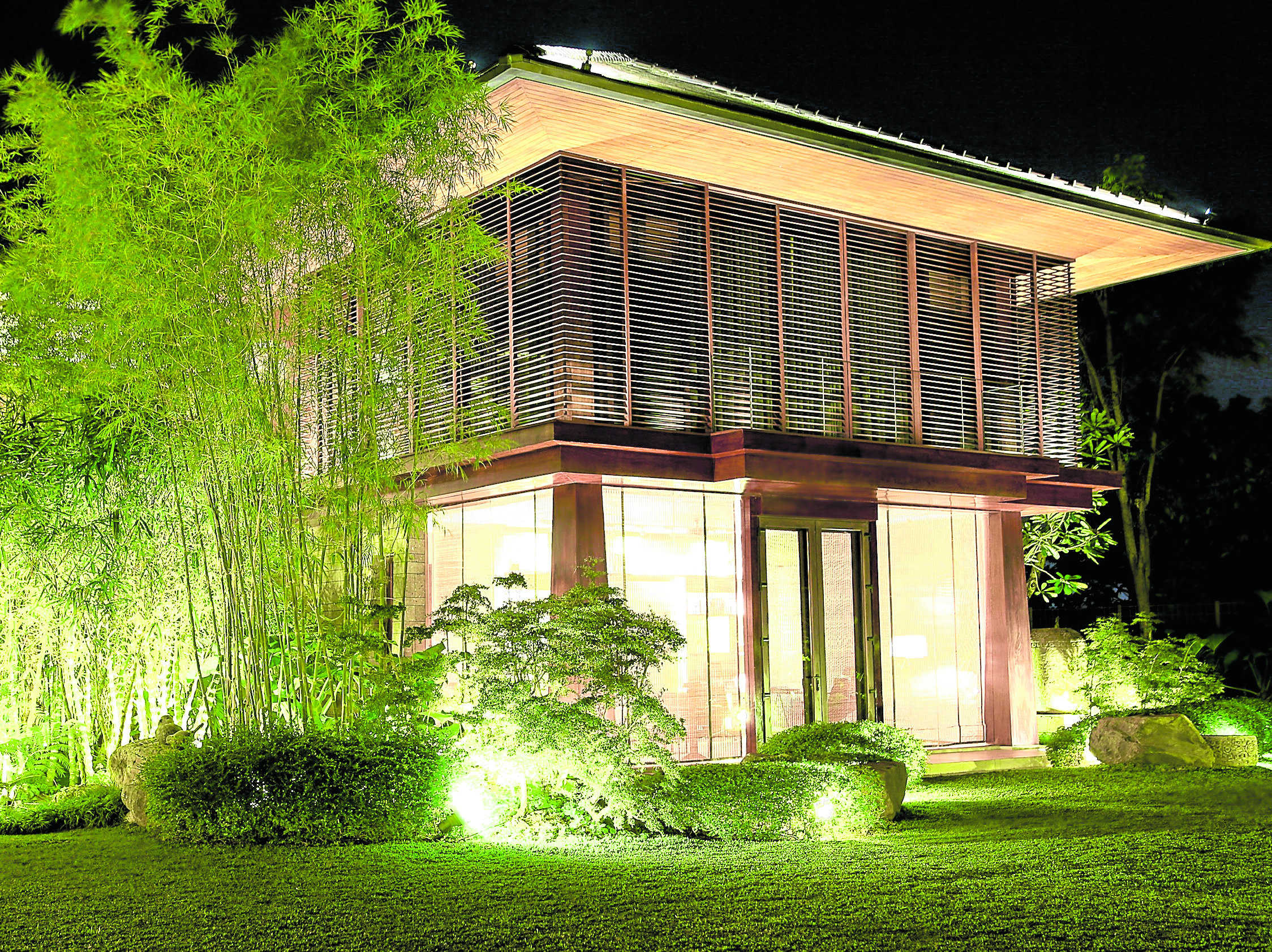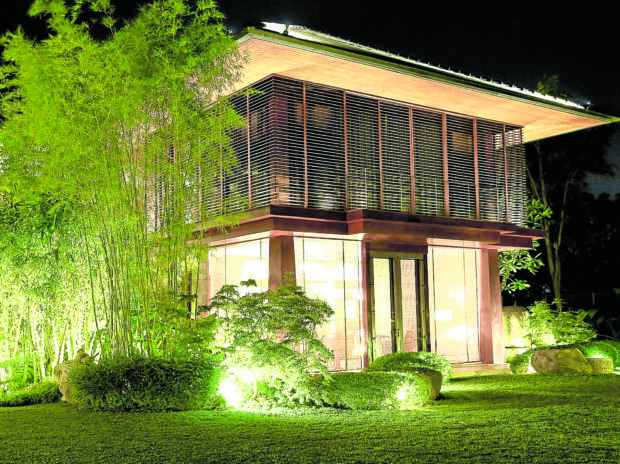
The message I shared in my architecture lectures in May and June 2019 at the Yuchengco Museum was an invitation for us to reimagine the organic, symbiotic ties of human beings to nature—how, with architecture, we could develop greater healing in our bodies and environments that radiate spirit and energy.
These talks were called “Designing Homes that Heal.”
It is a sobering thought that people worldwide paused from the routine of their daily lives to help “flatten the curve.” This collective trauma from the new coronavirus disease (COVID-19), benevolently, has been a truce or sabbatical from life’s unappeasable rat race.
Our priority now, for everyone on earth, is to heal. Some of us may still be in some form of quarantine, while others are wishing to be closer to the more harmonizing energies of nature. Wherever we might be, one thing is certain: We are all looking up at the same blue sky made bluer today because of a momentary stop to pollution.
We are enjoying verdant landscapes made ever so green with birds chirping, a display of nature’s beauty and synchronicity, so often taken for granted by worldly distractions in pursuit of the business of life as we know it. In pausing, though, we have recognized the steadfast, restorative ways of nature.
The virus pandemic is teaching us to look more closely at how we must uphold our collective health and well-being. Our survival is not only about tending to the priority of global warming and the sustainability of nature; we must also attend to the sustainability and balance of human life’s biological and spiritual ecology.
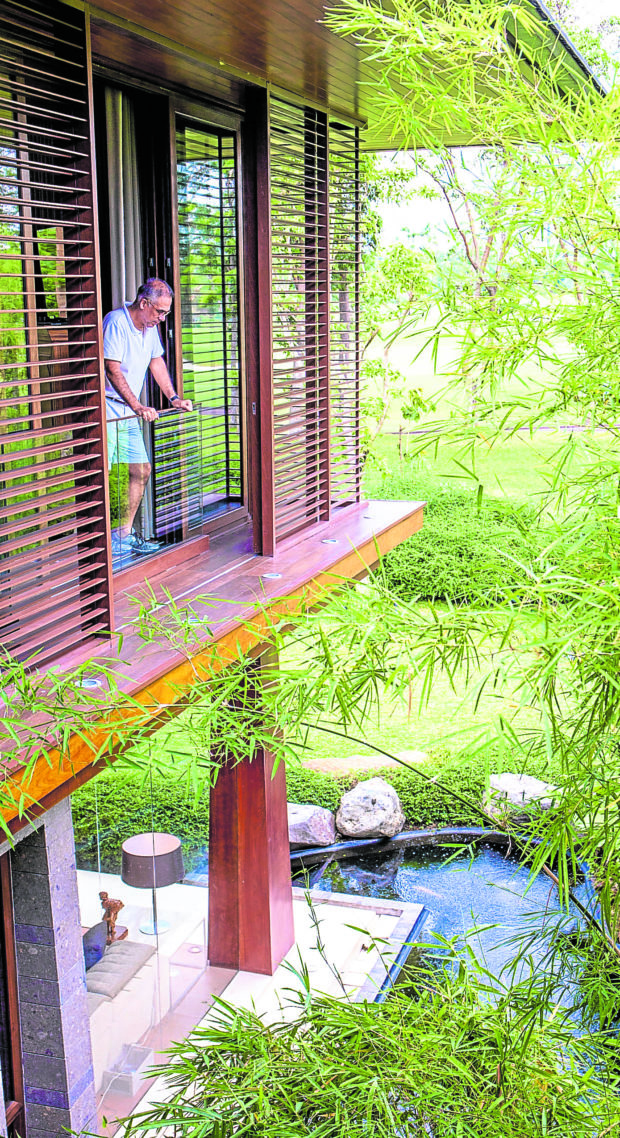
As the new normal takes effect, we might be asking ourselves how healthy and resilient are our body’s ecosystem? Further to the care of our physical, psychological or emotional well-being, do we empower or disempower the other as we go about life? Do we show this same value and respect for nature? The answers to these questions are profound because they give clues to the state of our energetic wellness or lack thereof. Every day, collateral healing and damage, ease or stress, impacts our cellular tissues from our human experiences accumulated over time. When a lack of ease is retained in our bodies, this “dis-ease eventually develops into disease. These pressures in the body are similar to the environmental stresses brought about by climate change experienced around the world today.
All is one
In the 1980s, global warming necessitated the emergence of green architecture in support of the healing of the planet’s ecosystems. Forty years after, the COVID-19 pandemic has taken us by surprise and raises an even more pressing concern for the world: How do we collectively sustain the health and well-being of our human bodies while simultaneously protecting and caring for the health and well-being of nature?

This delicate time of tension and imbalance invites us to not only care for our biological and spiritual well-being and healing; we must also find ways to simultaneously bring back equilibrium, harmony and healing to our natural world. The health of one is the health of all. All is one.
This holistic view of nature and human life as one unified health system invites us to be mindful of the choices we make in utilizing our human and natural resources for the well-being of the whole. From the perspective of architecture, we need to reexamine at what cost we hold the creation of structures and environments to celebrate life, beauty, culture, economic success, globalization and the human experience.
There is an initiative in the United States today that directly correlates human health with the wellness of the built and natural environment. The International WELL Building Institute, launched in 2014, audits the wellness of the built environment, of buildings and elements within, and their ability to promote the well-being of its occupants.
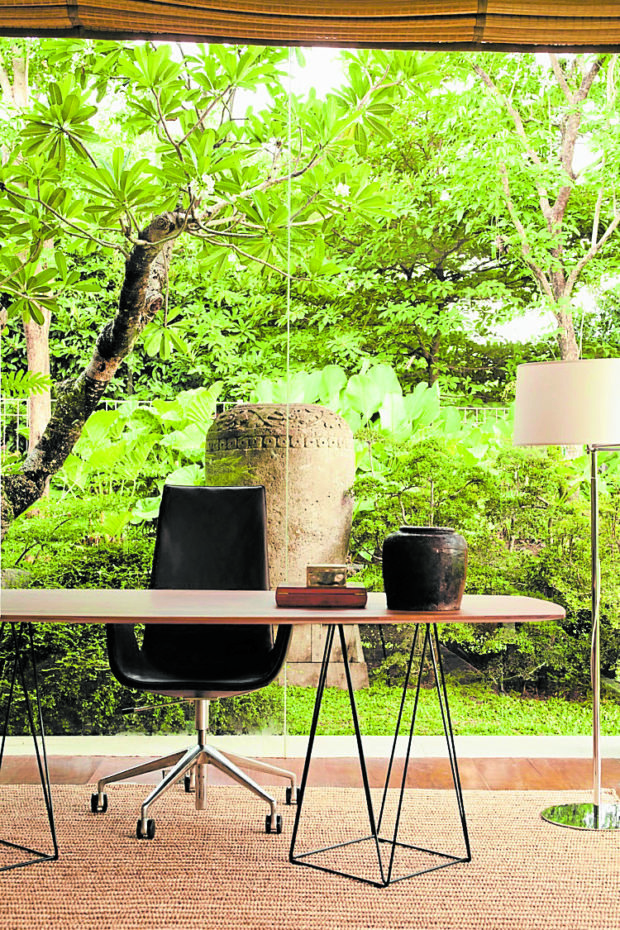
It has applied various health metrics to a number of new developments documenting, studying and reshaping peoples’ values of what it means to live healthy and well within our natural and built habitats. This program aims to link anecdotal and scientific evidence to support the direct, qualitative correlation of health in our bodies and that of our homes, communities, and built and natural environments.
These are insightful new paradigms that impact the quality of life particularly as populations exponentially grow and as land and natural resources become even more scarce.
As architecture explores its role in the upliftment of new and alternative modalities for sustaining health and harmony for the collective, our generation will see shifts in how we interact with nature and our built communities. The design and planning of hospitals and wellness facilities, for instance, will evolve as we grow to appreciate the healing powers that nature provides. How can medical and health centers, for instance, plan and develop spaces where patients and guests interact with nature through the introduction of terraced patios and gardens; ample windows looking out to green landscapes; doors leading to outdoor balconies; and spaces with healthy exposures to natural sunlight and cool ventilation?
Evolution
In the early 1900s, modernist architecture in the West evolved with these very same design features with the notion that generous exposure to nature and the sun helped in healing cholera, influenza and other prevailing viral epidemics of the time.
How will future viral infections inform the evolution of residential and institutional architecture today? How can the design and building industries, with mainstream and alternative health professionals, expand our exploration of more sustainable, energy-efficient materials and technologies that support design concepts while promoting the holistic health and well-being of man and his environment?
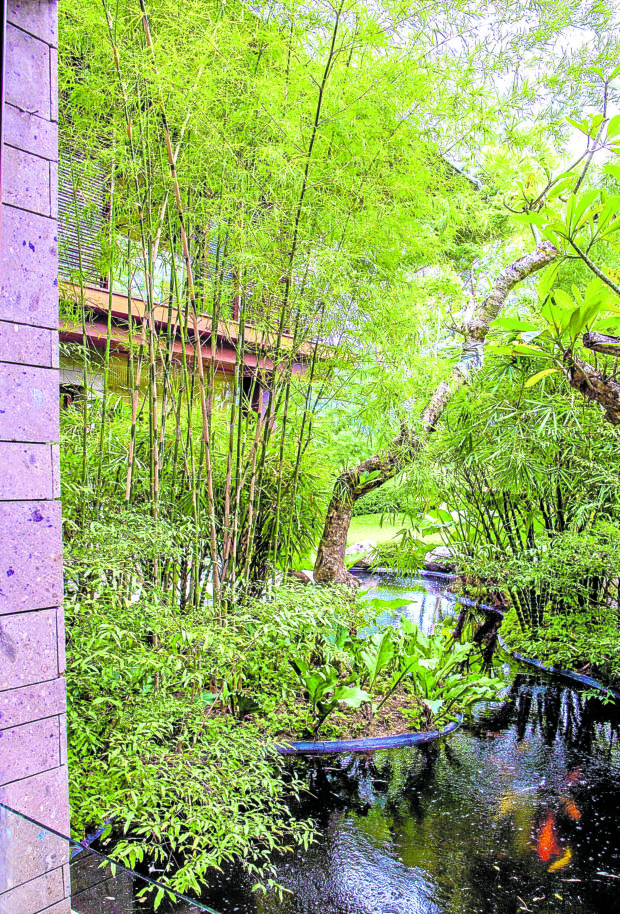
How will the planning of our cities evolve, post-Covid-19? In the mid 1800s, Paris and New York created green open parks like Central Park in Manhattan and widened its streets in direct response to cholera and other environmental malaise. This time asks us to continue our dialogue so we can make wise choices for the greater good of all.
In living more consciously, we illumine our role as cocreators of our realities here on earth. Accountability and responsibility will awaken in us congruous ways of being as we rethink the bottom line of what is sustainable, healthy and respectful in the world.
The same value and respect we accord nature must be the same ethos we extend to our fellow man. This mandate for a unified, holistic health ecology is the drumbeat for evolving our architecture as it reshapes our world especially in these tumultuous times.

Because of our lives’ shared destinies with the natural world, we need to remain grateful, humble and mindful of our place in this elegantly synchronized ecosystem. Nature has been around forever and we, but for a brief period, yet we behave like immortals dominating the natural world.
Let us come together to develop ways to strengthen and sustain our wholeness and well-being as one integrated life force. We need to protect the integration, balance and wellness of human life and our planet. May our architecture find positive, life-giving expressions of this evolving consciousness today. —CONTRIBUTED INQ
The author is principal of Emmanuel A. Miñana & Associates, Architects. In 2018, he received the Haligi ng Dangal special citation for Excellence in Architecture from the NCCA. He also received the award for Excellence in Architecture Reflecting EastAsian Design from the ASEAN Committee on Culture and Information.

